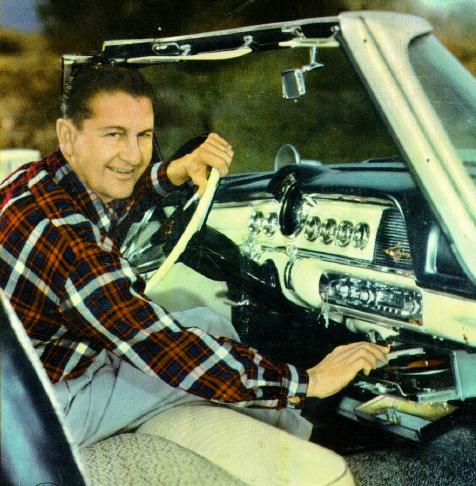The May AES Journal just dropped, and there are a few articles that look intriguing. The first is a measure of objective speech intelligibility that will work with perceptual coding algorithms - definitely something needed since STI fails with perceptual coders. They recommend some amendments to the ITU standard to handle the perceptual encoders.
There’s an article discussing the optimum bandwidth for AM and FM broadcasting. For speech and classical music listeners preferred lower bandwidths of 5-7KHz - it seems that the lower bandwidth reduces noise from nearby channels. For listening to ‘highly compressed’ music, like rock, most listeners could not tell the difference between 7 KHz of bandwidth and 10 KHz of bandwidth… interesting. I’ve been observing the same thing recently: many people just don’t pay attention to the content above 8 KHz. It’s a shame - I think that’s my favorite part.
For loudspeaker designers there’s an article about the impact of heating in the voice coil of speakers, and the impact it has on sound level and damping. The result, as expected, is compression of the output, but the frequency response was also impacted by the damping changes.
Journal of the AES - May 2009
The 127th AES Convention is going down October 9-12, 2009, back in Javits Convention Center in NY!
 Quick post today: the Highway Hi-Fi was a record player for your car, built by Chrysler back in the 1950s. Apparently they had quality issues and weren’t on the market for more than a year or two (go figure!).
Quick post today: the Highway Hi-Fi was a record player for your car, built by Chrysler back in the 1950s. Apparently they had quality issues and weren’t on the market for more than a year or two (go figure!).
 al read by the laser, and a more accurate playback.
al read by the laser, and a more accurate playback.